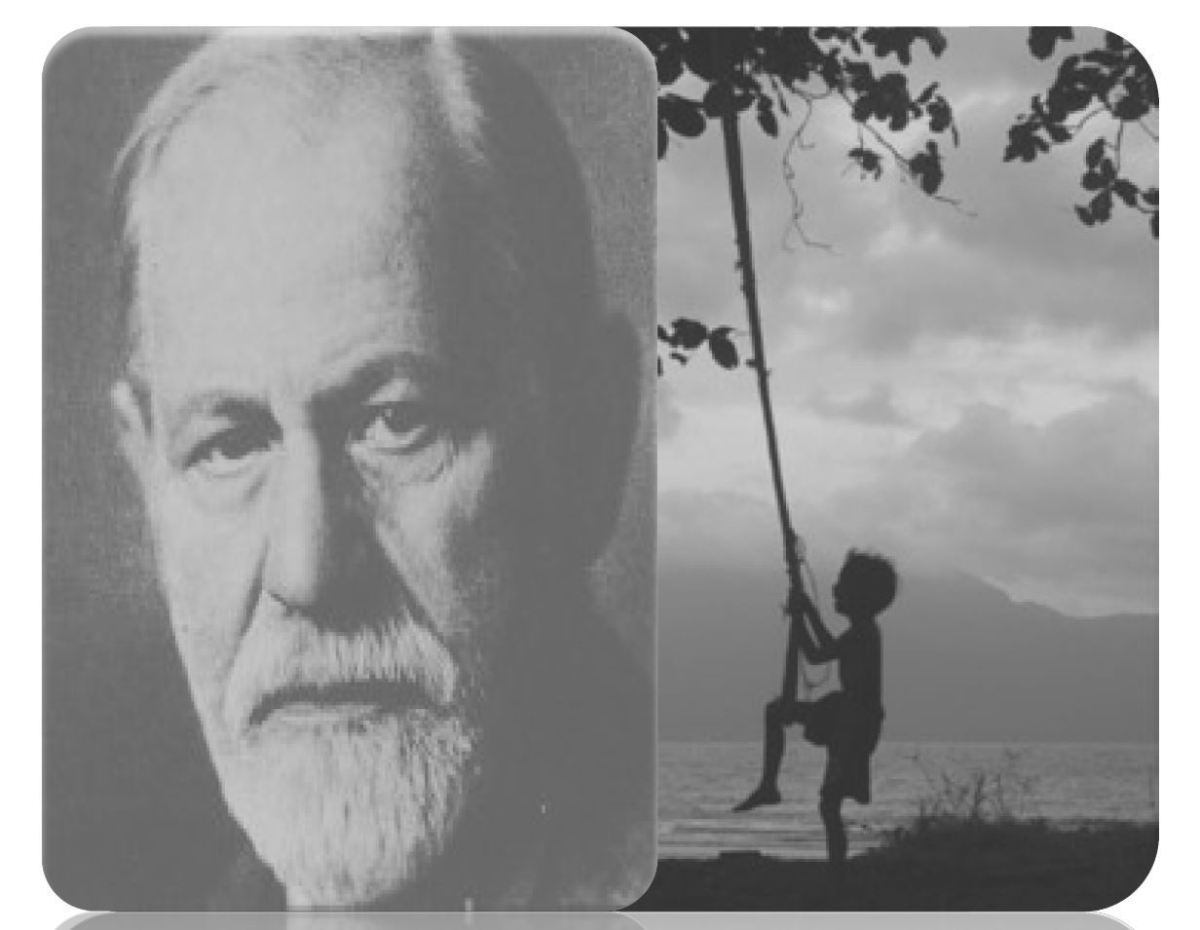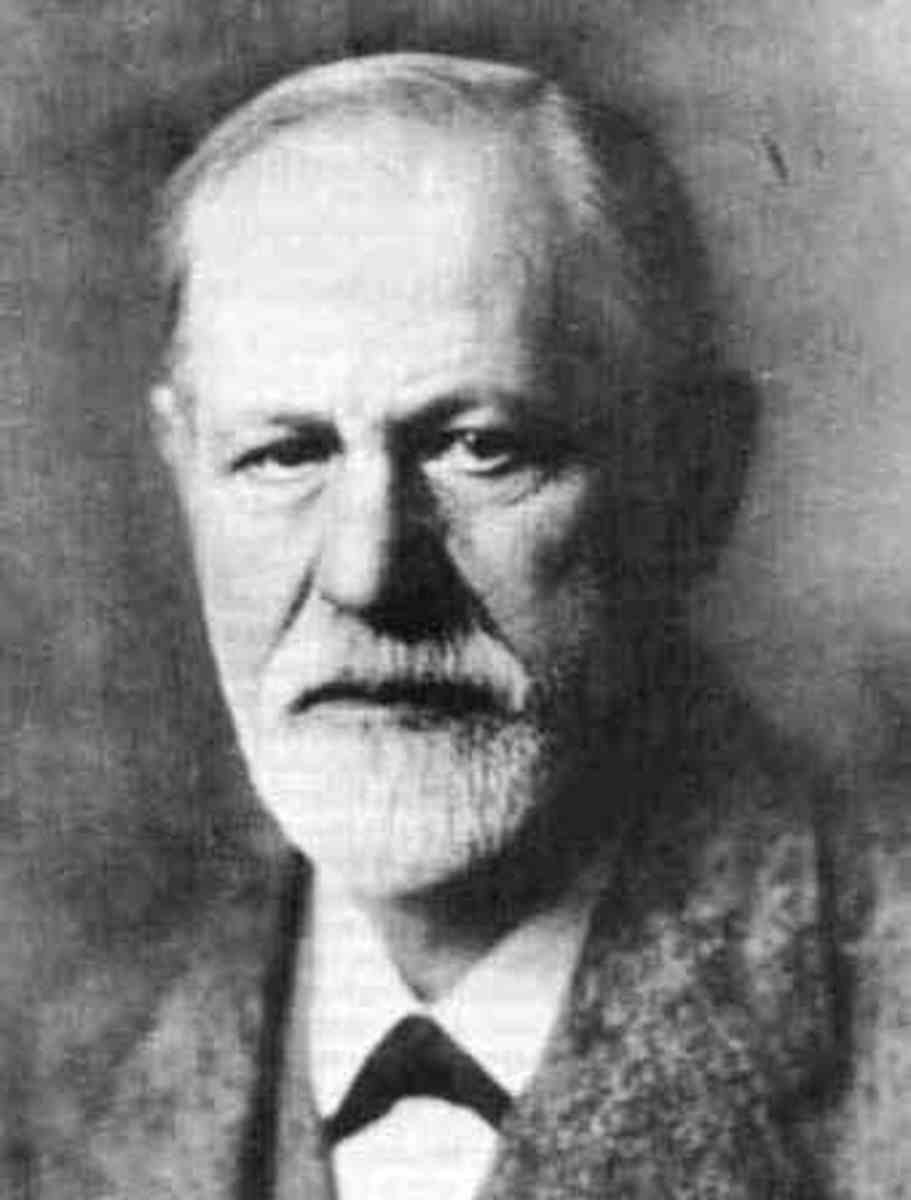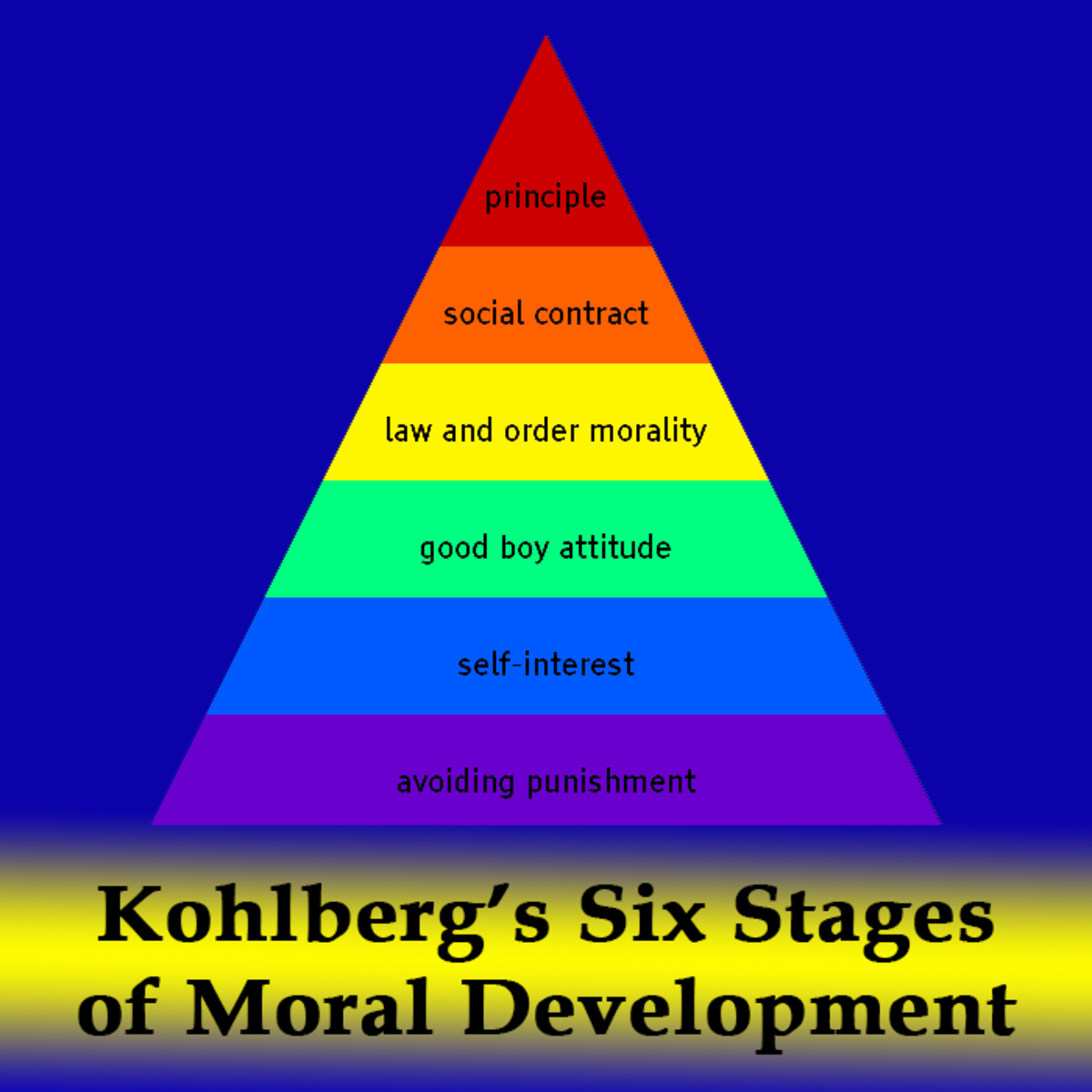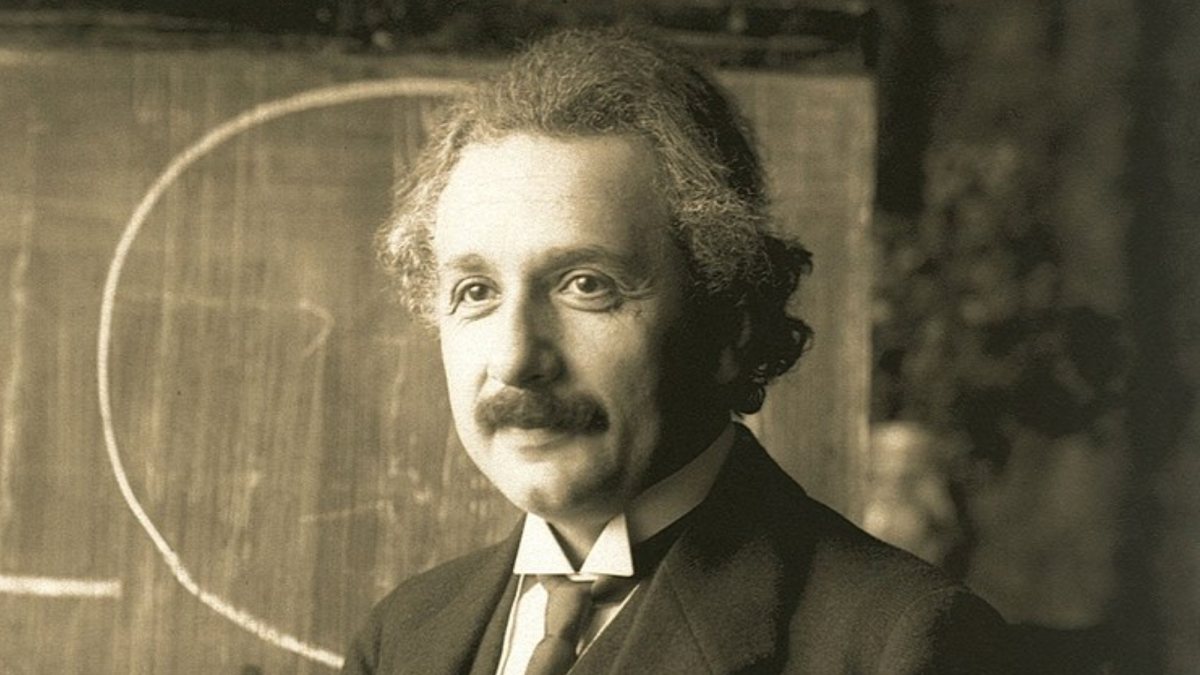Personality Theory; Erikson vs. Freud
This paper analyzes the stages laid out by Erick Erickson in the development of personality. There is comparison how Erickson’s views with Sigmund Freud with emphasis on similarities and extrapolation. Three case studies will be applied to these theories to show congruence. The paper will attempt to present the possibility of therapeutic change being capable to help client develop basic ego strengths.
Introduction
Through the analysis of observed behavior and information revealed in the interviews both Sigmund Freud and Eric Erickson’s theories of personality development have applicability. The precept behind personality developmental theory is that throughout the various “stages” (determined by age rage) our social experiences greatly influence the development of psychologically healthy personality traits or “basic strength” as defined by Erickson (Feist J & Feist j. G. 2009). Although they vary in the conceptualization of their ideas there are many similarities that can be found. One major trend that is apparent throughout both theories is the need for positive establishment of ego strengths in one stage of development for the nurturing of new ones in later stages of development, starting with the development of hope.
Oral-Infancy Stage
Freud referred to this as the oral stage, when infants explore their world through oral stimulation. Freud postulated that this was a result of “infantile sexuality” (Feist J & Feist J. G. 2009). Although Freud’s perception of infantile behavior is apt in its characterization of oral desires it seems limited in its scope. Eric Erickson extrapolated on Freud’s theories beyond sexually driven to encompass personality development as conflict driven. In regards to the oral stage set forth by Freud, Erickson defined this stage as a conflict between basic trust and mistrust. He postulated like Freud that an equal balance of syntonic (harmonious) and dystonic (disruptive) experiences are required for healthy psychological development (Feist J. & Feist J. G. 2009).
Development through these stages is characterized by a balance of influence both syntonic and dystonic. This balance is crucial to the development of basic strengths and the future development of the personality. In the first stage labeled Infancy children learn to trust and mistrust their environment. It is this balance that creates the basic strength of hope. It can also be viewed as the child learning basic trust in their capability to differentiate between threatening and non-threatening experiences or potentials. The development of this characteristic is crucial to later stages of development, so much in fact that lack of it can result in hopelessness in old age.
Anal-Early Childhood Stage
The second stage of development is that of early childhood. This stage of development is characterized by the conflict between autonomy and doubt. This stage of development was postulated by both Freud and Erickson to be a time of developing independence through physical exploration. Although Freud maintained his erotic focus of this developmental stage perhaps his attention was too narrow in focus in that a child in this stage not only explores their physicality but their physical relation to the world around them. Erickson extrapolated on Freud’s theory by examining this stage in regards to the battle between the child’s developing free-will and the parent’s attempts to create boundaries through doubt and shame (Feist J. & Feist J. G. 2009). As with other stages of development both syntonic and dystonic experiences are required to facilitate development of core personality traits.
The balancing of syntonic and dystonic experiences creates Will. This can be a delicate and tough balance for parents to create as they try to maintain positive regard from their children as they discipline them. In fact, allowing for too much autonomy can result in rebellious and chaotic behavior in later stages. The converse of too much autonomy can result in a lack of confidence and development of compulsive behaviors (Feist J & Feist J. G. 2009). Freud referred to this as anal-retentiveness. He derived this title from observations that children who while exploring their anal stage of development present their feces as a “gift” to parents is greatly impacted by the resulting response. Freud also postulated that this could result in the child feeling insecure and exposed. He went on to describe how this could cause the child to hold their bowel movements which later develops into compulsive “orderliness, stinginess and obstinacy” (Feist J. & Feist J. G. 2009). As with the first two stages development of the third is dependent upon the previous.
Phallic-Play Age Stage
The third stage presented by Freud and Erickson is the Phallic or Initiative vs. Guilt stage. In this stage Freud observed a dissolution of the Oedipus complex in which the child subconsciously hold sexual desire for the opposing parent as a result of that parent being the first person they meet that is capable of satisfying their basic need to procreate. It is in this stage that the child also shifts from sexual desire to adopting the parent as a model for morality as the Oedipus complex is suppressed (Feist J. & Feist J. G. 2009). Erickson expanded on the importance of this stage while supporting Freud’s Oedipus complex in that the sexual desire for the patent is suppressed by socially imposed feelings of guilt. It is also in this stage that children learn a deeper understanding of “reproduction, growth, the future and death” (Feist j. & Feist J. G. 2009). Coupled with hope and will, initiative is able to develop because the child has learned to trust itself and its ability to interact with its environment. The converse of this could result in the development of “chaotic behavior and a lack of morality” (Feist J. & Feist J. G. 2009). Achieving the delicate balance between confidence driven initiative and imposed restriction of behavior the child will begin acting with purpose, the third basic strength presented by Erickson.
Latent-School Age Stage
The onset of school age and the conflict of industry vs. inferiority characterize the fourth stage of development. In this stage Erickson observed a tendency for individuals to seek out knowledge more readily and view their social world as more than just their caregivers. At this stage the Oedipus complex is dissolved and the individual’s attention refocuses on social integration and the development of a self-identity. Freud labeled this stage as the latency period in reference to the repression of the Oedipus complex. He also recognized the development of social interaction with school, peers and hobbies (Feist j. & Feist J. G. 2009). This stage is also critical in that the child will either develop industriousness or an inferiority complex. This is determined by the social interactions and the previous development of basic strengths that allow for positive results in regards to these interactions. However, regardless of previous development if the attention is not allowed to be refocused on social development the child may suffer from excessive ridicule and a sense of not belonging. Although inferiority can invoke a desire to “do our best” (Feist J. & Feist J. G. 2009), to many feelings of inferiority can lead to inertia. With healthy levels of industriousness and inferiority the individual will develop the basic strength of competence.
Reviewing the first four stages of development a connection can be established to show that each previous stage and the development of its core strength is crucial for the development of subsequent strengths in later stages. The first four seem to designate the basic personality strengths that an individual would need to successful integrate into the world while maintaining a healthy sense of identity. Absent hope, will, purpose and competence and individual would have a difficult time becoming adaptive and successful in the face of social interaction and conflict. These stages lead to a very important stage in development referred to by Erickson as Adolescence and by Freud as the genital stage.
Genital-Adolescence Stage
The basic conflict in the adolescent stage is identity vs. identity confusion. It is in this stage that a child discovers their own identity through trial and error and at the onset of puberty develops expectations of their future adult roles. An individual’s identity develops from affirmation of early childhood identity and the social context to which they are submitted and are represented historically by. A person’s identity development is largely shaped by their social interactions, in particular the levels of unconditional positive regard received, not only with caregivers in early life but with by social interaction and integration in later years. An undeveloped sense of identity or identity confusion can result in negative psychological influence and subsequent behavior. In a Marriage and Family Review magazine article a study was presented showing that children with an underdeveloped sexual identity suffered from thoughts of “suicide, delinquency and substance abuse” (Rogers B. K, Rose A. H, & Small A. S. 2008). In support of this those children who did not experience sexual identity confusion exhibited less externally motivated behaviors.
Young-Adulthood
Identity formation and the development of the basic strength of fidelity in adolescence lay the foundation for the next basic strength of love developed in young adulthood. Without healthy identity formation the individual can suffer from identity loss in the relationship or even engage in meaningless relationships while trying to determine “who” they are. The conflict in the stage of young adulthood is centered on intimacy vs. isolation. The development of intimacy, defined by Erickson as the ability to “fuse one’s identity with another’s without fear of losing it”, is crucial when forming long-lasting and reciprocating relationships. From intimacy comes the abilities to sacrifice, compromise and honor commitments with a will to share “mental trust” (Feist J. & Feist J. G 2009. As important as intimacy is it is also important for individuals to experience isolation. Isolation provides self-reflection and evaluation which in turn helps identity formation and adaptation. However, heightened levels of isolation can result in the individual’s resistance to sharing true intimacy which in turn can hamper their ability to accept responsibility for productive work, procreation and development of mature love (Feist J. & Feist J. G. 2009). Without the development of mature love that is expressive of commitment, sexual passion, cooperation, competition and friendship exclusivity will become the dominant trait. Exclusivity is characterized by selectiveness of people and activities that are acceptable to one’s identity. High levels of exclusivity that become pathological result in an inability to work with others in a proactive manner, compromise or even have healthy competition with other. In absence of this strength the subsequent strength of care and its development will face even greater difficulties.
Adulthood
The seventh stage of development centers on an individual’s ability to care for people and things they have attached themselves to in a deeper manner. It is also the stage indicative of generating life, new products and new ideas with the context of improving the world and contributing to successive generations (Feist J. & Feist J. G. 2009). The conflict of this stage defined by Erickson is generativity vs. stagnation. As with other seemingly negative or dystonic behaviors a balance of each is optimal. Self-absorption and self-indulgence are the anti-thesis of generativity and can result in an inability to manage emotions and an unwillingness to care for others. The balance of both conflicts results in the development of the basic strength of caring which is essential in developing wisdom in the next stage.
Old Age
The final stage laid out by Erickson is that of old age. From about age 60 on the individual will enter the conflict of integrity vs. despair. With the previous basic strengths being established the individual should pass into a stage in which they develop a sense of completeness and coherence, both integral to maintaining a sense of individuality or “I-ness” (Feist J. & Feist J. G. 2009). Consistently however both conflicts must be allowed to have their influence. Through despair the values we place on others and objects becomes more valuable and of higher maintenance focus such as time with family and friends or just experiencing life. Too much influence of despair can result in the individual developing a sense of disdain to others and the world and is characterized by feelings of contempt for others, depression, despair and an unwillingness to accept the inevitability of death. These states of mind can lead to feelings of hopelessness, building upon the ego trait of disdain. However, a healthy balance between the two conflicts can result in the attainment of wisdom, the last basic strength. Wisdom is defined by Erickson as “informed and detached concern with life in the face of death” (Feist J. & Feist J.G. 2009), in short to understand and accept the inevitable and unchangeable. Through wisdom enjoyment of life is increased through general sensuality in which the individual begins to become more in tune with others and their environment. In some cases the individual may adopt characteristic of the opposite sex and find heightened pleasure from everyday events such as the sun on their face, the smell of flowers or even just sitting and enjoying the quite.
Evaluation
Looking back across the descriptions of Erickson’s theory of personality development the underlying connection is clear. The development of basic strengths is intrinsic on the development with others. It also appears that young adulthood may be a time in which earlier basic strengths that where not developed may get the chance to do so. In young adulthood an individual is able to face the world on their terms. If the individual is made self-aware they can create opportunities to develop these characteristics. Therefore, an individual may not have developed the basic strengths of hope, will, purpose, competence and fidelity in earlier years but is now able to create situations that bring about the conflict in each stage. The conflict of trust vs. mistrust and the resulting positive of hope could be viewed as a child learning to trust or mistrust its environment. It could then be theorized that the child is learning to trust its perception of its environment and subsequent ability to manage it. If that hold true then with attention and practice an individual should be able to “learn” to see different perspectives and management ability. Granted I do not think this will necessarily dissolve the presence of the converse but may help balance the influence between them.
Application of Theory
For the purposes of integrating the Erickson theory of personality development into a tangible relationship the developmental particulars of individuals in two different stages of development will be examined.
Karen
Karen is a 70 year old woman recently retired from the practice of law. Karen’s stage of development is that of old age. In regards to the conflict of integrity vs. despair Karen seems to have developed the latter as the dominant ego trait. During an interview with Karen she related stories about her father and his general absence in her life. She talked of the heightened level of strictness and anxiety as a result. She did however recant many stories of her relationship with her mother. She holds the view that her mother was trying to balance out the forces of rigidity and comfort.
When discussing her relationship history, particularly with the opposite sex a pattern of short term-noncommittal relationships emerged. Interestingly the chosen partners seemed to be either similar to her father in demeanor or a polar opposite. For example, Karen engaged in a relationship with a man named Peter who she knew to be opinionated, stubborn, very strict, wealthy and self-absorbed. This quickly became a marriage in which Karen began to resent Peter and eventually this led to divorce. During this time Karen began drinking heavily and developed alcoholism. Her next relationship was with a man named Gary who was very “lazy, never finished anything and when he did it was not done well”. There were other relationships that she referred to as “friends” yet intellectual intimacy and some physical intimacy had been expressed, though limited.
Her father seems to have fostered a view of a hostile male world in Karen while her mother provided her with hope. The result appears to be a general mistrust and disdain for men and a deep meaningful relationship with her female friends. Although she seemed to develop a strong sense of identity evidenced by her pursuit of education and success, she seems to have retained her general mistrust and disdain of men. She did however present one male friend named George who she has known since college. Interestingly enough upon meeting the man I found him to be charming, educated and successful. I also found him to be rigid in his thinking, opinionated and commanding at times, very similar to her description of her father. George has asked her to marry him several times and she has up till now declined.
It is apparent that Karen’s lack of a positive relationship with her father has resulted in a string of relationships while she tried to combat this basic mistrust and possibly redeveloped it. The dominant ego trait in her stage of development is currently that of disdain. This is evidenced by her general regard to males, her compulsive judgment of others and her general contempt for the world around her. Currently she spends most of her time in isolation, only talking one or two friends and even that is infrequent. She spends her time drinking, reading and planting flowers but has no strong ties to the world at large and seems to hold a general feeling of purposelessness and despair.
Sebastian
The other stage of development will be related through a child named Sebastian. He is an 18 month old boy in the stage of early childhood development. Currently he is experiencing the conflict of autonomy vs. doubt. It is apparent by his willingness to explore his environment and others that he has developed a keen sense of trust and therefore hope as he is subsequently developing a keen sense of will through his exploration of autonomy. Sebastian explores his environment with apt curiosity but also displays restraint in some situations where he hasn’t previously learned may require caution. He does display healthy resistance to attempts of his parents to set boundaries to his autonomy but will perpetually seek out activities that he knows will give him a positive response. For example; his home resides at the top of a steep driveway ending at the street. I witness him run to the apex of the hill and look back at his mother with a grin. She told him not to go down the driveway and he then took a little step forward, whipped his head around, and sent his mother a mischievous grin. She told him not to do it again and he whipped his head around like he was going to run, then turned and ran back across the driveway laughing and arms flapping in the air. In this instance he tested boundaries but eventually followed instruction showing that he has a healthy sense of trust in his mother and is developing one for himself which will hopefully lead to purpose and initiative in later life.
Author Evaluation
For the author personally, the conflict of several stages is still working towards completion. As a child in foster care the development of hope through trust was non-existent which subsequently led to the heightened expression of shame, doubt, inferiority and identity confusion. The rejection of over 40 potential care givers between the ages of 6 months and 13 years of age created a deep sense of conflict and mistrust with the world and others eventually leading to deviant behavior, sociopathic tendencies and an unrelenting pragmatic view of people and the world. It was not until later in adulthood that the mother he never had was found in the qualities of the woman h will soon marry. She provided a means by which the conflicts present in the earlier stages of development could be revisited and managed more positively. Through the trust fostered he has developed the will to explore himself and take initiative to change. Since that time he has become more industrious in that he is currently a third year Psychology major and Chef at a prominent hotel in the area. His continue study of self consistently reveals significant areas of his life and their subsequent influence on psychological and emotional development.
Summary
In summation the theories set forth by Erickson apply describe the conflicts and their resolutions throughout the development of and individual. They also appear to be cyclic in that the negative development in old age is an exaggerated for of the anti-thesis of infancy. Through analysis of these concepts it seems apparent that although they may instill a sort of “hard-wired” thought process in an individual, positively reinforced thoughts can combat this if applied accurately. Through self-awareness an individual can gain the ability to evaluate themselves and possibly alter certain aspects of their personality through persistent monitoring of reactivity vs. proactivity. Looking at the conflict present in all stages the general conflict of reactivity vs. proactivity can be seen. All of the negative conflict characteristics such as shame, doubt, inferiority, etc. are reactive to manage current stimuli. The positive conflict characteristics of autonomy, trust, initiative etc. are all proactive in that they are focused on an effort to improve the current situation and/or environment. Perhaps this is where therapy should start, teaching patient to be proactive towards their life and mental health rather than reactive to both. Through this perhaps a client can learn to trust themselves and develop the will to discover themselves more completely and take initiative through purpose towards discovering their identity. The acceptance of identity could be the starting point from which change can arise.
References
Rogers B. K, Rose A. H, & Small A. S. (2008) Sexual Identity Confusion and Problem Behaviors in Adolescents, Marriage & Family Review,Volume 40, Issue 2-3,pp. 131-150
Feist J. & Feist J. G. (2009) Stages of Development, Freud: Psychoanalysis, Chapter 2, Theories of Personality, McGraw-Hill, pp. 38-46.
Feist J. & Feist J. G. (2009) Stages of Development, Erikson: Post-Freudian Theory, Chapter 9, Theories of Personality, McGraw-Hill, pp. 243-262.








